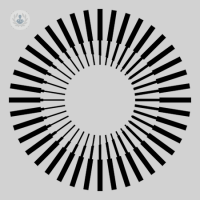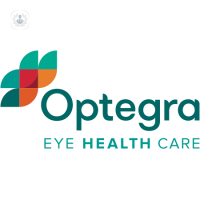Refractive surgery
Mr Srinivasan Subramaniam - Ophthalmology
Created on: 11-13-2012
Updated on: 04-24-2023
Edited by: Aoife Maguire
What is laser refractive surgery?
Refractive surgery modifies the anatomy of the eye to correct vision problems such as hypermetropia, astigmatism and myopia.

Refractive surgery can be performed using several laser techniques including:
- PRK: Or photorefractive keratectomy, this is a superficial procedure suitable for people with thin corneas or a low prescription.
- LASIK: This procedure corrects defects such as high astigmatism and the recovery time is quick.
- SMILE: This is a state-of-the-art, minimally-invasive procedure that can be done in 15 minutes, with 80% improvement in vision after a few hours. It is not necessary to cut a flap into the eye, as is done with LASIK, so recovery is faster and it can be used to treat people with dry eyes, thin corneas and those with or without astigmatism.
Why is it performed?
It is used in corneal surgery to correct refractive problems such as myopia, hypermetropia and astigmatism, and in intraocular surgery to treat diseases such as glaucoma (the progressive loss of optic nerve fibres which are needed for clear vision) and retinal pathologies.
What does it involve?
Laser refractive surgery involves modifying the size of the cornea (responsible for our vision) by applying the laser to its the interior surface. To do this, a thin flap of corneal tissue is lifted to allow access to the laser. This flap will be repositioned at the end of the procedure and no stitches are required.
Preparing for laser refractive surgery
In the preoperative consultation, a detailed study is usually made of the person’s cornea, refractive power (dioptres), intraocular pressure and the condition of their retina, optic nerve, crystalline lens and tear production.
Prior treatment with eye drops may be necessary in preparation for surgery, in order to minimise the risk of infection.
You can go about your normal daily activities until the day of the laser surgery.
Post-surgery care
It is important that you follow the medication guidelines prescribed by the medical team that performed the surgery, and you must use artificial tears when necessary.
You will also need to go to the scheduled follow-up visits.
Alternative treatment
Non-surgical alternative treatments include wearing glasses or contact lenses.
Surgical alternatives include intraocular lens implants, which are placed behind the iris and in front of the lens. The advantage of this procedure is that it can correct significant vision defects and it is reversible in the event that any problems arise.

















